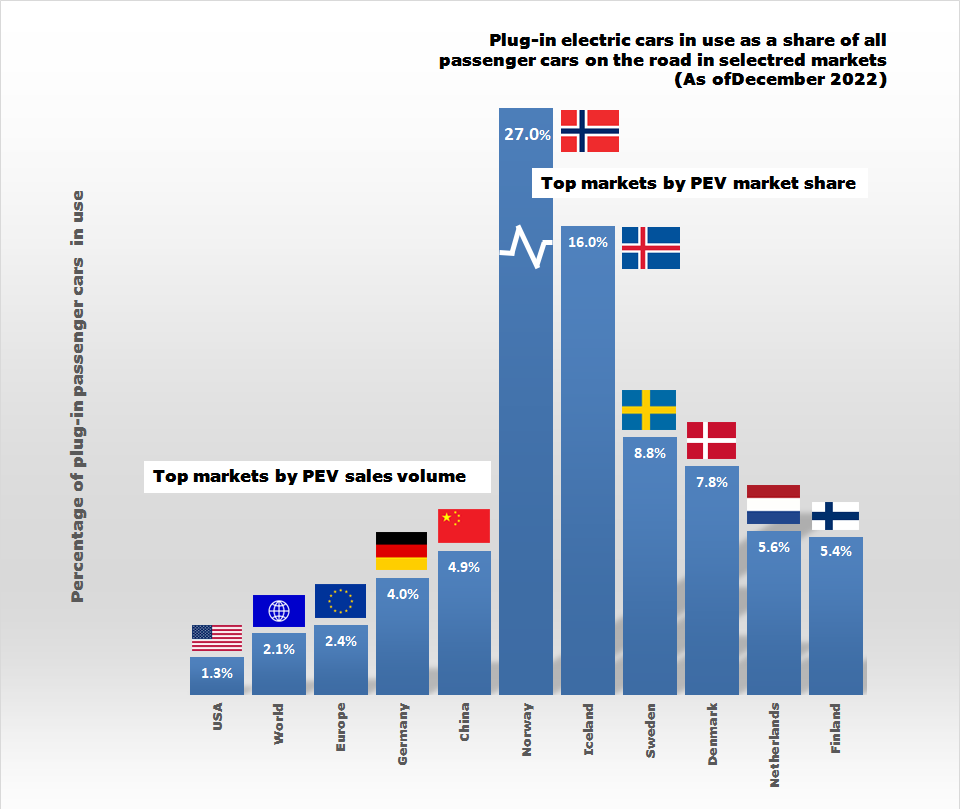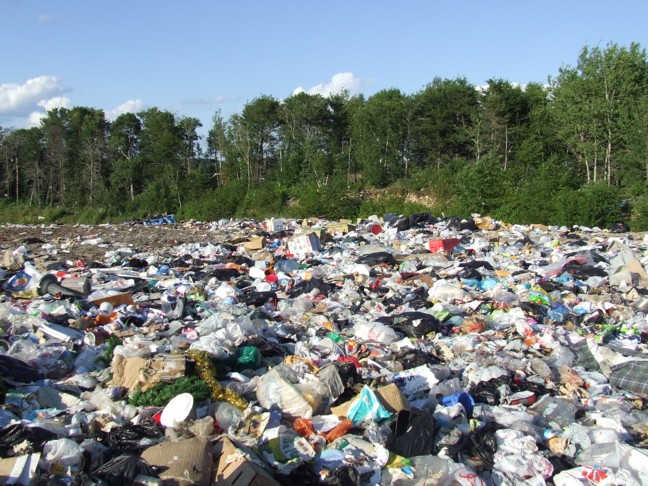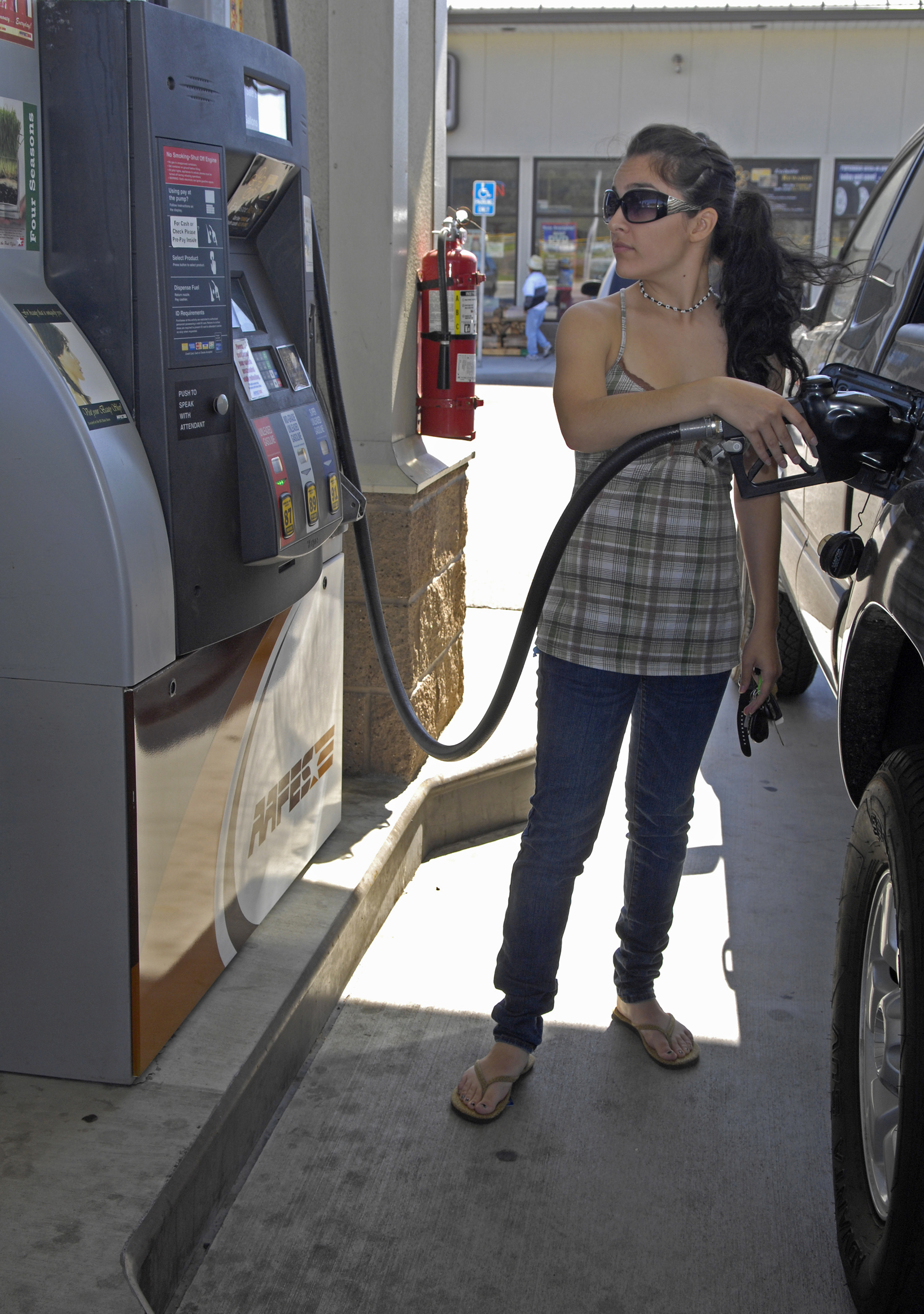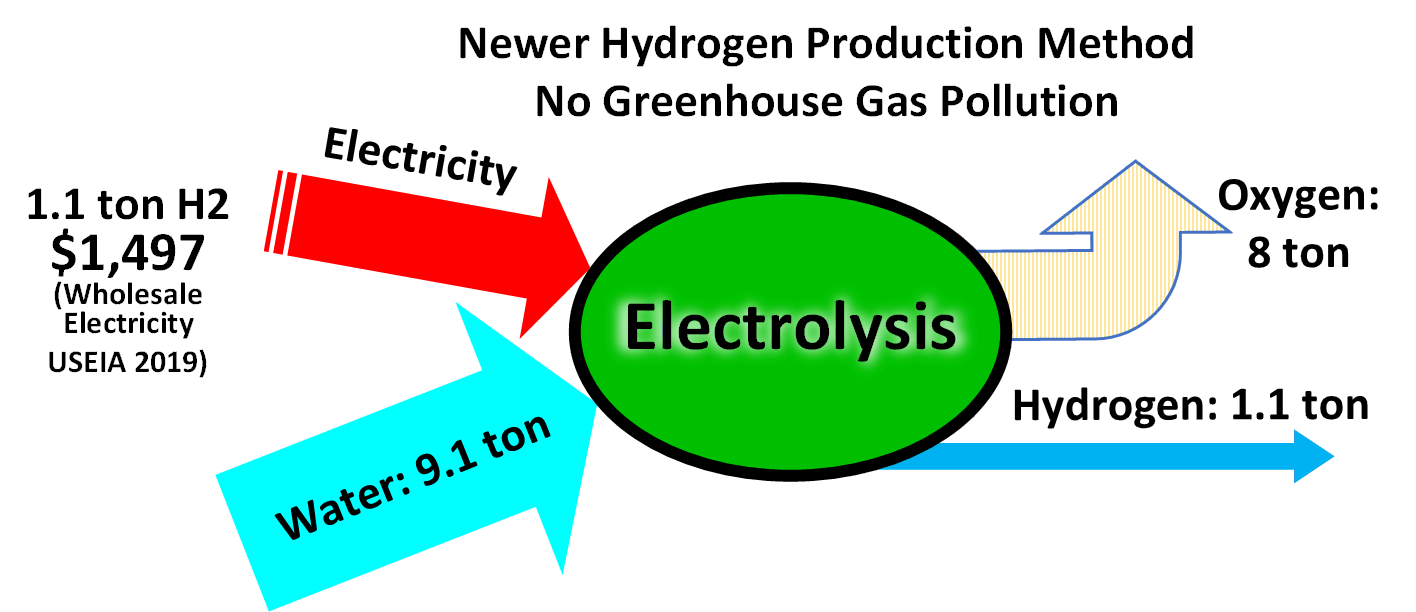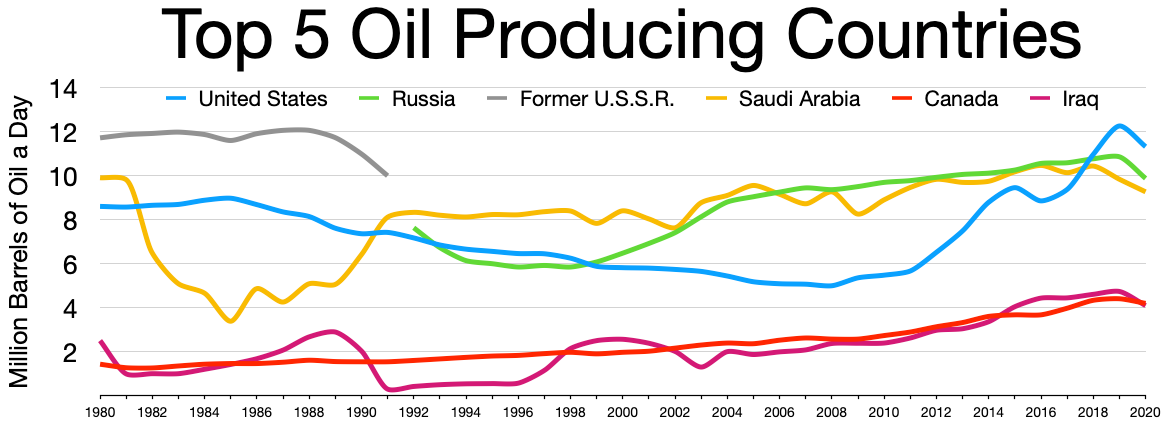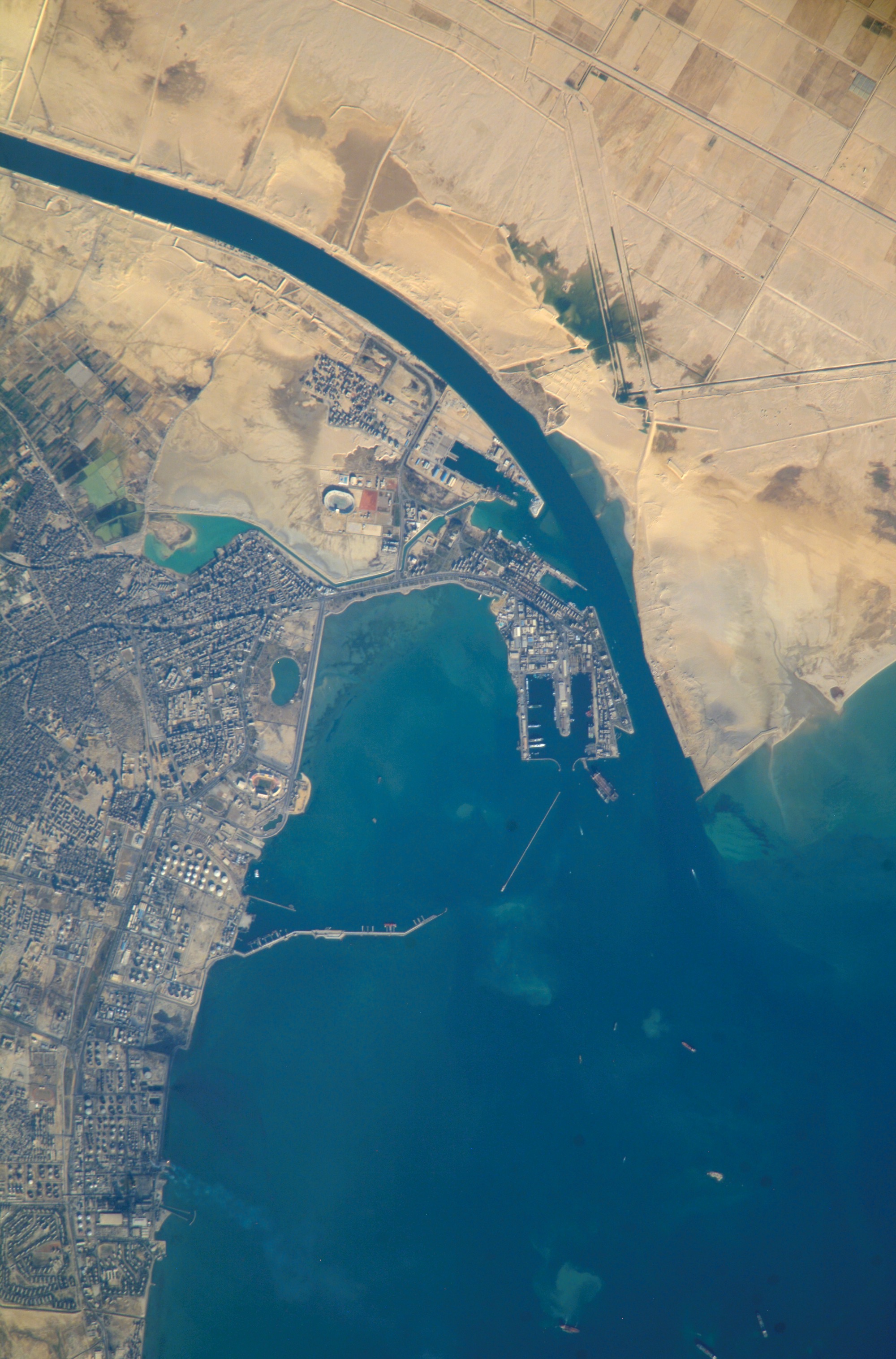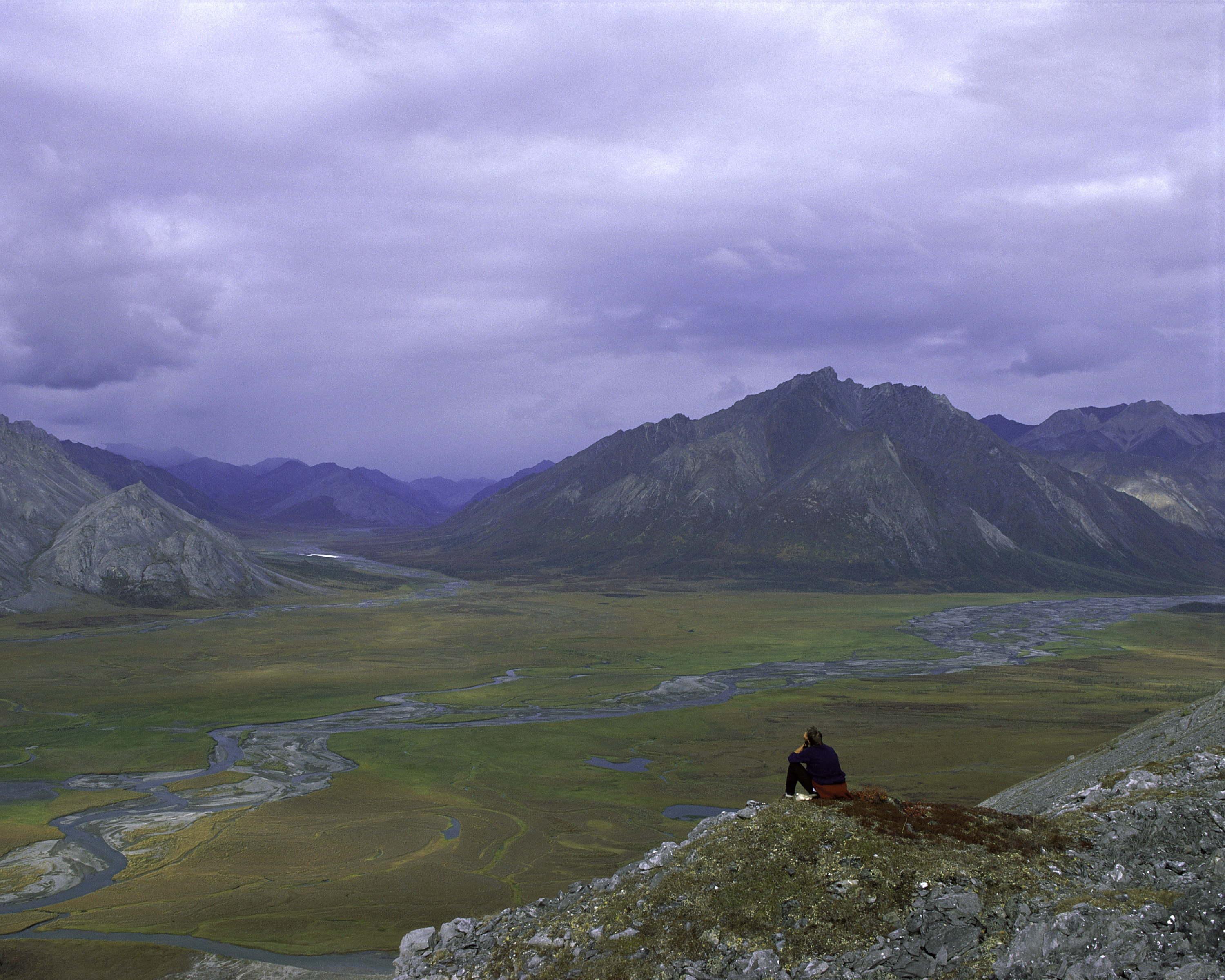Geography is destiny, some observe. Timing accelerates the pace. And now, climate might be changing both. It is Mexico’s time?

Mexico’s Isthmus of Tehuantepec, spanning the Pacific Ocean from Oaxaca to the Atlantic Gulf at Veracruz, has always fascinated visionaries who could see a highway, a railway, or a canal opening a transoceanic route of 188 miles (303 kilometers). Archival records show 16th century sketches of a connection. In 1811, a canal was proposed by Alexander von Humboldt who had traveled to the isthmus from 1799-1804: he also proposed another connective site that is now the Panama Canal. The route chosen by von Humboldt made clear the advantage of geography that can offer connection.
Macro engineering needs the right time and the right leader. The Channel Tunnel, linking England and France, had been envisioned by Napoleon, resisted by General Wolseley, but finally achieved in a design initiated by Frank P. Davidson along with a team of diplomats, engineers, and financiers: it is now the site of Eurotunnel.
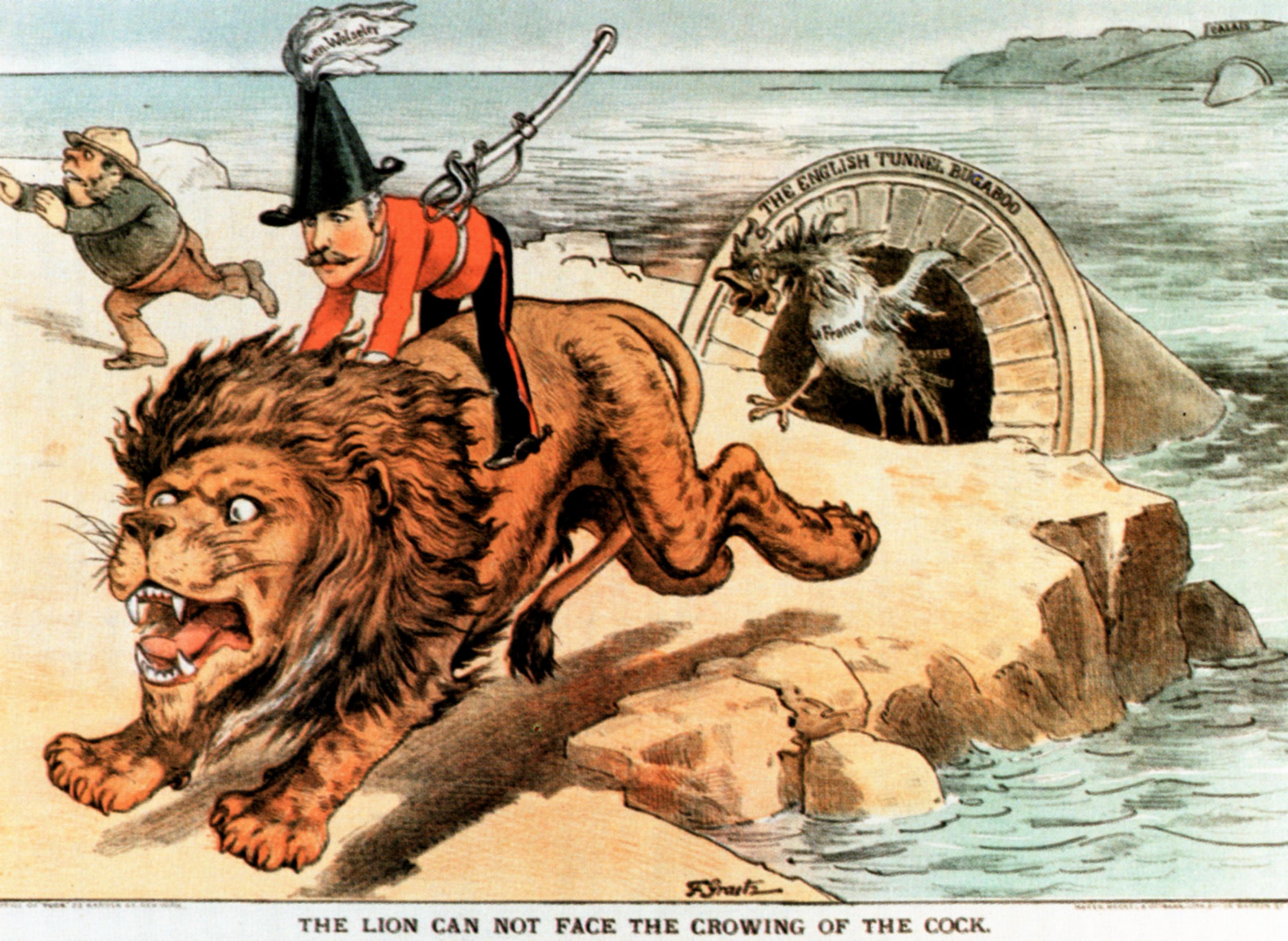
Many tried to optimize the connective advantage of Mexico’s Isthmus of Tehuantepec. Mexico’s President Anastasio Bustamante proposed an 1837 plan for a railway. In 1842, the government (provisional) of Antonio López de Santa Anna granted José de Garay a fifty-year toll collection privilege in return for a survey leading to construction. (A similar provision was granted to Ferdinand de Lesseps who then built the Suez Canal.) When Porfirio Díaz, who hailed from Oaxaca, rose to the Mexican presidency, he inaugurated the first operation of the Railway from the port of Santa Cruz, carrying sugar from Hawaii. Six years of success ensued: 850,000 tons of cargo traversed the isthmus.

But then, in 1914, disruptive new technology happened: the opening of the Panama Canal. Isthmus rail traffic plummeted by one third; the next year, by 77%. Panama was shorter (just 40 miles or 65 kilometers), easier, and more cost effective because cargo loaded on a ship could remain onboard the same vessel that would carry it on to global ports. As many as 32 -37 ships passed through the Panama Canal every day – in just 8 hours. The Panama Canal widened the route; container ships grew in size and capacity.

In 2023, a new situation threatened the Panama Canal: climate change. Drought threatens the region. The waterway, widened to accommodate ever-larger ships, may no longer support the heaviest behemoths. Limiting the number of ships per day began in 2023. If drought is severe, ships have to wait offshore for longer (and more expensive) periods; some buy their way up the line. Image below shows ships queuing up to traverse the Canal in 2023.
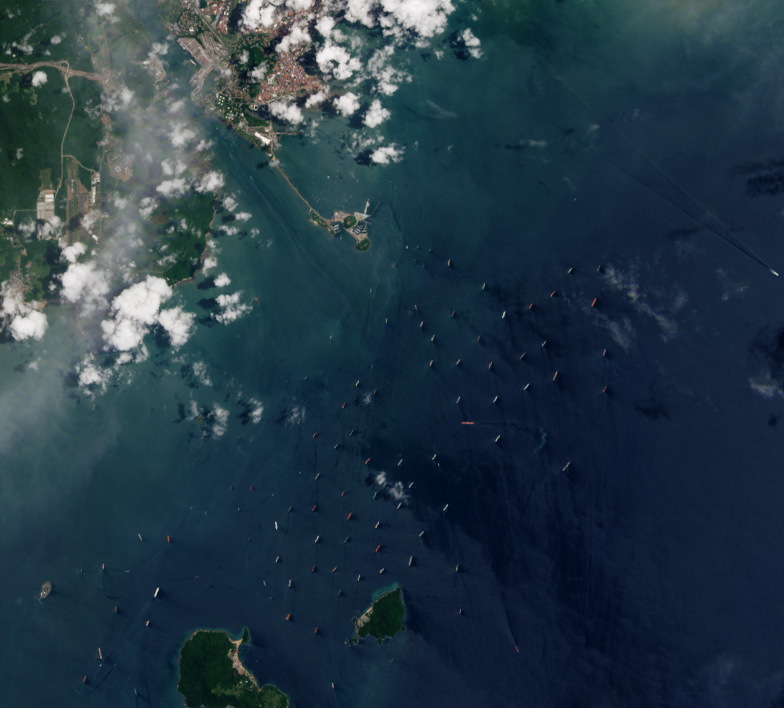
Enter Mexico. Observing an opportunity, the government began modernization of the Tehuantepec Railway and Oaxacan port of Salina Cruz. New tracks, re-laying of supportive basalt, advanced welding improved the railway. Construction of a breakwater outside the Salina Cruz strengthened the port. A new name was the cap that would announce a global vision: Corredor Multimodal Interoceánico (Interoceanic Multimodal Corridor). The railway is a centerpiece, both historic and futuristic. But much more is planned.
The project will include a trans-isthmus pipeline connecting the two ports. In response, Salina Cruz will host a liquified natural gas (LNG) plant; that gas will then power ten new industrial parks. Businesses signing on will reap tax breaks for meeting job creation goals. Mexico’s commitment to natural gas expanded the network of pipelines nationally by 50% in the past decade; yet the South and Southeast receive less of that energy. Along with LNG, an existing oil refinery will turn residue into additional petroleum increasing the fossil fuel production by 70,000 barrels. In an area of the world were solar, wave, and wind may offer more environmentally sustainable opportunities, some question the direction of investment. But new partners like Copenhagen Infrastructure Partners will pursue green hydrogen, as well.

While a canal is not planned, cargo ships are invited to offload their cargo on the Pacific side, carry the containers across the railway stretch, and then re-load on the Atlantic side, probably to a partner vessel. With drought compromising the Panama Canal, Mexico may attract maritime shipping traffic, perhaps picking up 5% of Panama’s commerce. That would be a small percentage of a big number: in 2023, the Panama Canal’s revenues reached $4, 968 billion.
In all of the activity initiated by the Corridor, as it is known in English, and its potential to offer opportunity to southern Mexico, not everyone is sanguine: the First Nation and indigenous communities have expressed concern. Zapotec leaders won a lawsuit protesting land purchase for one of the planned industrial parks. Land payments also troubled a Zapotec activist who had protested the distribution of the funds: when he was found dead, such violence raised more concern – and fear. Human rights violations began to be raised. Mixe community leaders blocked progress on their section of the Railway: arrested protestors were released in response to demands by the National Indigenous Council. Indigenous concerns include disturbance of agricultural soil health and biodiversity.

Geography, destiny, and climate change may speed the future of the Interoceanic Corridor of the Isthmus of Tehuantepec (CIIT). How will environmental scientist Claudia Sheinbaum, PhD, Mexico’s new president who begins a six-year term on 1 October 2024, work with Oaxaca, and its unique geographical and cultural gifts, to build Mexico’s future?
Bourke, India. “Claudia Sheinbaum: What a climate-scientist turned president might mean for global efforts to tackle climate change” 7 June 2024. BBC. https://www.bbc.com/future/article/20240607-claudia-sheinbaum-mexicos-new-climate-minded-president
Davidson, Frank P. and K. Lusk Brooke. “The Channel Tunnel: England and France,” Chapter 39, pages 761 – 804. Volume II. Building the World. Westport: Greenwood Press, 2006. ISBN: 978313333743.
Matheiros, Gabriel. “Panama Canal’s revenue up 14.9% in 2023 despite lower cargo.” 23 February 2024. Datamar News. https://www.datamarnews.com/noticias/panama-canals-revenue-up-14-9-in-2023-despite-lower-cargo/
Mexico, Government of. “DECRETO por el que se crea el organismo público descentralizado, con personalidad juridica y patrimonio propio, no sectorizado, denominado Corredor Interoceánico del Istmo de Tehuantepec.”14 June 2019. Diario Oficial de la Federación. https://dof.gob.mx/nota_detalle.php?codigo-5562774&fecha=14/06/2019#gsc.tab=0
Wall Street Journal. “Mexico’s Interoceanic Corridor.” 2024. VIDEO. https://www.youtube.com/watch?v=NMDCKpmc-uo
Appreciation to Charles E. Litwin for sharing research.
Building the World Blog by Kathleen Lusk Brooke and Zoe G. Quinn is licensed under a Creative Commons Attribution-NonCommercial-NoDerivs 3.0 U












